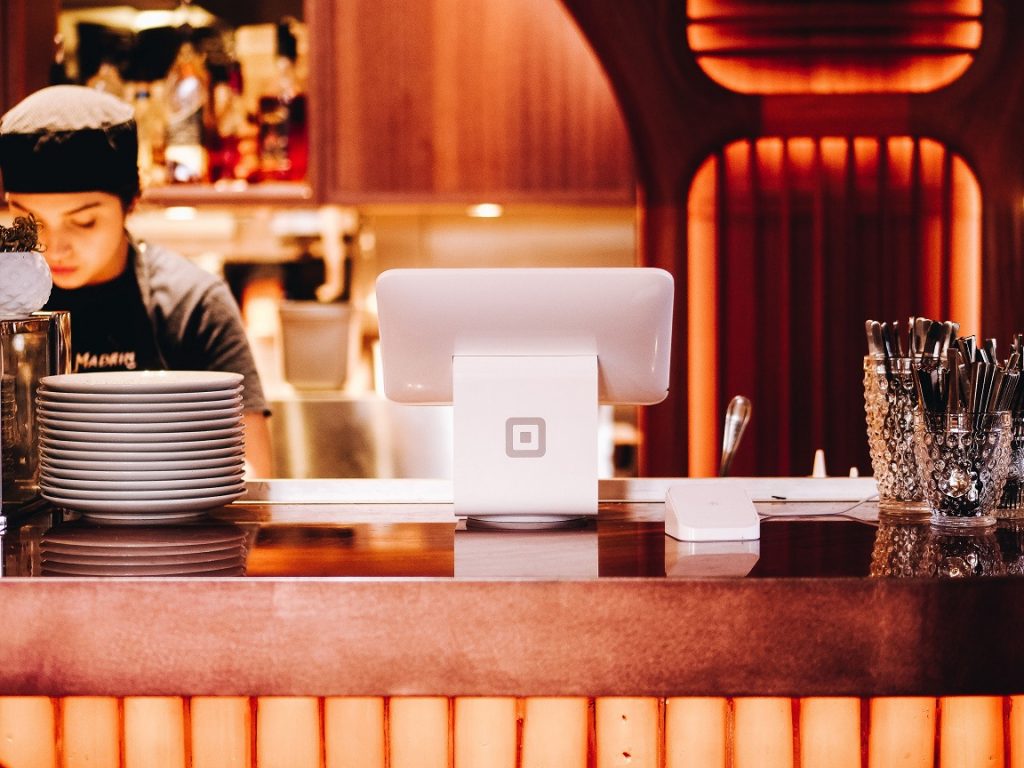Fine Dining Experience Islamabad: Delight In Glamorous Culinary Joys
Fine Dining Experience Islamabad: Delight In Glamorous Culinary Joys
Blog Article
Savor Genuine Eastern Cuisine With a Pan-Asian Twist for a Cooking Adventure
Embarking on a culinary journey with genuine Oriental food, improved with a Pan-Asian spin, supplies an unique opportunity to check out the rich tapestry of flavors that specify the area's varied cooking traditions. This experience invites you to appreciate the charming equilibrium of preferences-- wonderful, salty, spicy, and sour-- balanced by aromatic herbs and spices. Imagine the innovative fusion of Thai curry and ramen or the unexpected delight of sushi burritos. As you consider these luring meals, think about the cultural narratives and historical influences that shape them, each bite supplying a story waiting to be discovered.

Exploring Pan-Asian Tastes
In the realm of international gastronomy, Pan-Asian cuisine sticks out for its amazing variety and the harmonious interaction of flavors from different Asian societies. This culinary technique celebrates the unique components and rich traditions discovered throughout the continent, developing a tapestry of preferences that is both satisfying and appealing. Trick to Pan-Asian cuisine is its capacity to stabilize contrasting flavors-- pleasant, salted, spicy, and sour-- while highlighting the freshness and high quality of each component.
From the umami-rich soy sauce of Japan to the intense chili peppers of Thailand, Pan-Asian cuisine provides an extensive combination of flavors. These aspects are often combined in innovative means, boosting recipes with layers of complexity. For instance, making use of aromatic natural herbs such as lemongrass and cilantro, usual in Vietnamese and Thai food, includes a refreshing brightness to meals, while the unification of coconut milk delivers a creamy, rich structure.
The focus on fresh fruit and vegetables and aromatic seasonings guarantees that each dish is not just a banquet for the palate but likewise for the detects. Pan-Asian cuisine welcomes restaurants to start a cooking trip, exploring the vast and varied landscapes of Oriental gastronomy with every bite.
Blend Dishes to Try
While Pan-Asian food is celebrated for its traditional tastes, the modern culinary landscape is progressively accepting fusion meals that mix these timeless elements with influences from other regions. This cutting-edge technique not just honors the abundant heritage of Oriental cooking arts however likewise presents novel preference experiences that appeal to modern tastes buds.
An archetype of such a combination recipe is the Korean-Mexican taco, where marinaded bulgogi beef is covered in a warm tortilla, topped with kimchi and a zesty gochujang-infused salsa. This combination weds the vibrant, savory flavors of Korea with the dynamic, fresh elements of Mexican food. Similarly, sushi burritos have actually gotten popularity, amalgamating the fragile virtuosity of Japanese sushi with the hearty, hand-held ease of a burrito, frequently including blend active ingredients like tempura shrimp and avocado with a drizzle of wasabi mayo.
Another significant recipe is Thai curry ramen, which instills the velvety, aromatic flavors of Thai curry into the calming brew of traditional Japanese ramen, producing a harmonious mix that tantalizes the detects. These blend recipes prolong past simple novelty; they stand for a cooking dialogue in between societies, encouraging exploration and technology on the planet of Pan-Asian cuisine.
Essential Components and Flavors
To genuinely value Pan-Asian food, one need to understand the important ingredients and seasonings that develop its structure. This varied cooking design draws from an abundant tapestry of Asian customs, using an unified mix of flavors and textures. Secret components include soy sauce, fish sauce, and oyster sauce, which present a mouthwatering umami deepness crucial to Asian dishes. Complementary to these are rice vinegar and mirin, offering a delicate level of acidity and sweet taste.
Aromatic elements are pivotal, with garlic, lemongrass, and ginger being ubiquitous throughout numerous Pan-Asian recipes. These components provide a great smelling base that other boosts the complexity of tastes. Seasonings such as celebrity anise, cardamom, and cinnamon present warmth and personality, resembling influences from regions like China and India.

Cooking Methods and Tips
Understanding the art of Pan-Asian food calls for familiarity with its unique cooking techniques, each adding to the lively tapestry of tastes this cooking tradition is celebrated for. Central to these techniques is the stir-fry, a quick food preparation technique that preserves the nutritional integrity and vibrant colors of components. Making use of a frying pan, the stir-fry method permits also warmth circulation, crucial for attaining the particular appearance and taste equilibrium of Pan-Asian recipes.
An additional fundamental strategy is steaming, specifically widespread in Chinese food. This gentle approach maintains the natural tastes and nutrients of active ingredients, making it excellent for fish and shellfish and vegetables. Dumplings, a precious staple, commonly profit from steaming, causing soft, delicious textures.
Grilling, additionally indispensable, gives great smoky depths to meals such as Korean bulgogi or Japanese yakitori (asian fusion restaurant). This method commonly entails marinating ingredients, allowing flavors to permeate deeply prior to cooking over an open fire or hot plate
Last but not least, grasping the art of stabilizing tastes-- wonderful, sour, salted, bitter, and umami-- is crucial. Appropriately layering these aspects can boost a recipe from regular to amazing, using a complex and pleasing culinary experience that personifies the essence of Pan-Asian cuisine.
Eating Experiences Worldwide
Around the world, Pan-Asian cuisine provides an exceptional dining discover this experience, commemorated for its abundant tapestry of flavors and lively discussions. This cooking sensation has actually transcended social limits, capturing the hearts and tastes of food enthusiasts worldwide. In multicultural cities fresh York, London, and Sydney, Pan-Asian dining establishments work as melting pots where cooking traditions from Thailand, Japan, China, and past merge, giving restaurants with a diverse mix of meals that highlight the area's diversity.
The anchor international appeal of Pan-Asian cuisine lies in its ability to offer both authenticity and innovation. Cooks masterfully wed conventional ingredients such as lemongrass, soy sauce, and miso with modern strategies, causing recipes that are both refreshingly new and acquainted. This fusion enables restaurants to begin on a culinary trip that values heritage while embracing modernity.
Additionally, dining experiences are raised through thoughtfully developed atmospheres that show the ethos of Pan-Asian appearances. From minimalist Japanese-inspired insides to lively Thai-themed rooms, each restaurant offers an unique atmosphere that matches the culinary offerings. Because of this, clients are not just taking in a dish however partaking in a cultural experience, making Pan-Asian dining a truly worldwide sensation.
Conclusion
The exploration of Pan-Asian food provides a profound understanding of the complex interplay of tastes and cooking practices throughout Asia. By embracing fusion recipes such as Thai curry ramen and sushi burritos, the culinary journey not only highlights the versatility of typical components yet likewise showcases ingenious contemporary strategies. This gastronomic experience, improved by cooking approaches and crucial flavors, supplies an one-of-a-kind chance to value the multiculturalism and cooking virtuosity that define Pan-Asian food on a global range.
Embarking on a cooking journey via genuine Oriental cuisine, enhanced with a Pan-Asian spin, provides a special chance to explore the rich tapestry of flavors that define the area's varied culinary traditions.In the world of global gastronomy, Pan-Asian food stands out for its remarkable diversity and the harmonious interaction of tastes from different Eastern cultures. Secret to Pan-Asian cuisine is its capacity to stabilize different tastes-- sweet, salted, spicy, and sour-- while highlighting the freshness and quality of each component.

Report this page